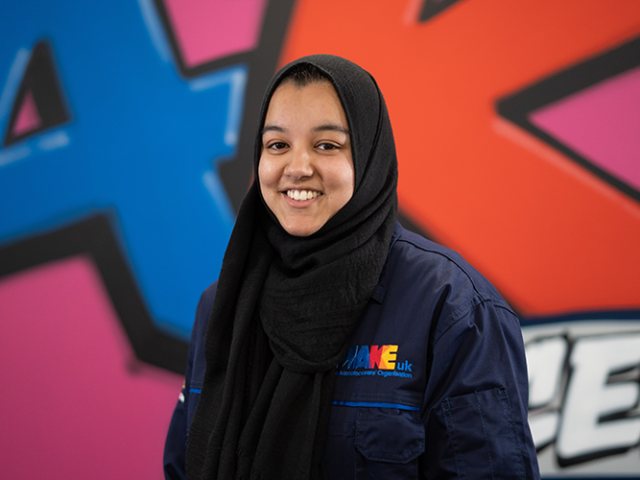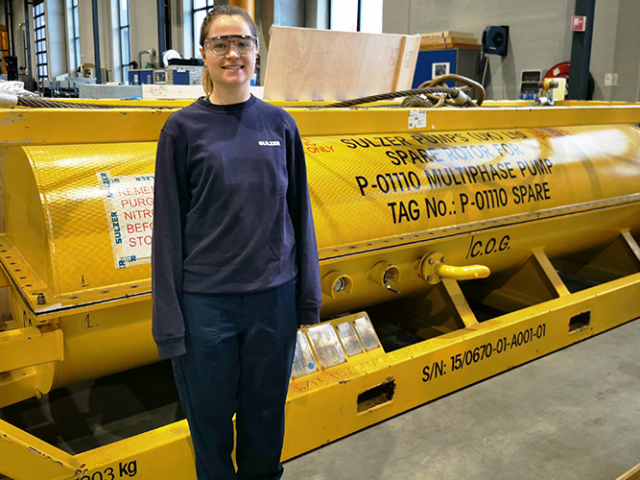The background
There is a growing popularity for using advanced composite materials in all areas of engineering, including automotive and aerospace engineering, which means that universities are keen to understand how to develop students’ knowledge in this area. There is also currently a major skills gap in composites engineering, meaning that students can potentially gain sought-after skills for employment in their engineering career paths.
Dr David Hughes, senior lecturer in materials engineering at Teesside University, is addressing the skills gap through research and instruction in composites engineering. In the UK, there are currently many people working on composite materials in the broadest sense and many working on manufacturing methods, but the greatest skills gap is for people who can design in composites.
The Solution
In partnership with Siemens PLM Software, Teesside University uses the Fibersim portfolio of software for composites engineering in its teaching and research. With about 60 licenses of Fibersim, the university has embedded the software in its engineering courses and is the only university in the UK to embed Fibersim into its degree programs. With Fibersim students can learn how to create a digital twin of a composite part that links analysis, design and manufacturing – everything needed for composites engineering.
Teesside University also uses Siemens’ NX software for product development and NX Nastran software for structural simulation, as part of a comprehensive instruction program that includes practical hands-on projects and facilities. The goal is to create students who understand digital tools to help students understand the way engineering is going and how markets are developing. More and more is done in a simulation environment rather than in more traditional development processes to support this approach.
Dr Hughes’ course in composites is mandatory in the aerospace degree programme, and each semester 40 to 60 students are enrolled in the class. “A core learning outcome in the aerospace degree is knowledge of aerospace materials, which include high-temperature alloys and composite materials,” says Dr Hughes. “It’s a core topic.”
Ultimately working with composite materials is fundamentally different from working with metals, which challenges students to think in new ways. The problems initially feel harder to solve, but the benefits are much larger.




